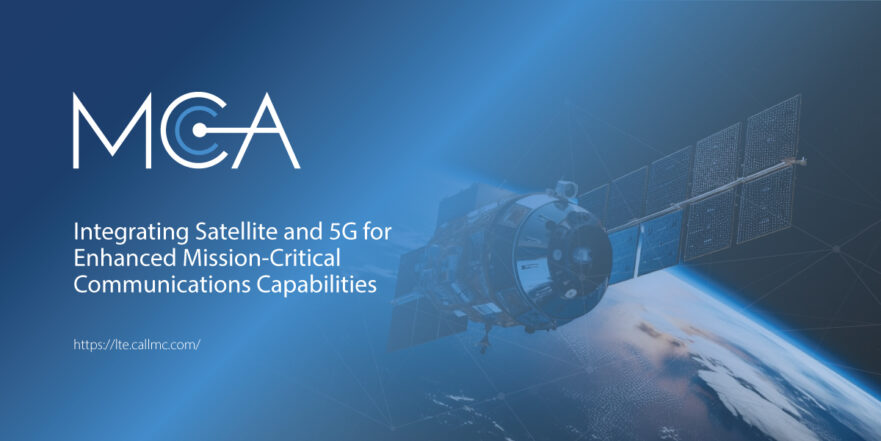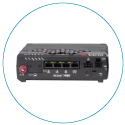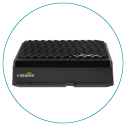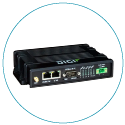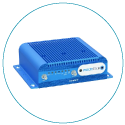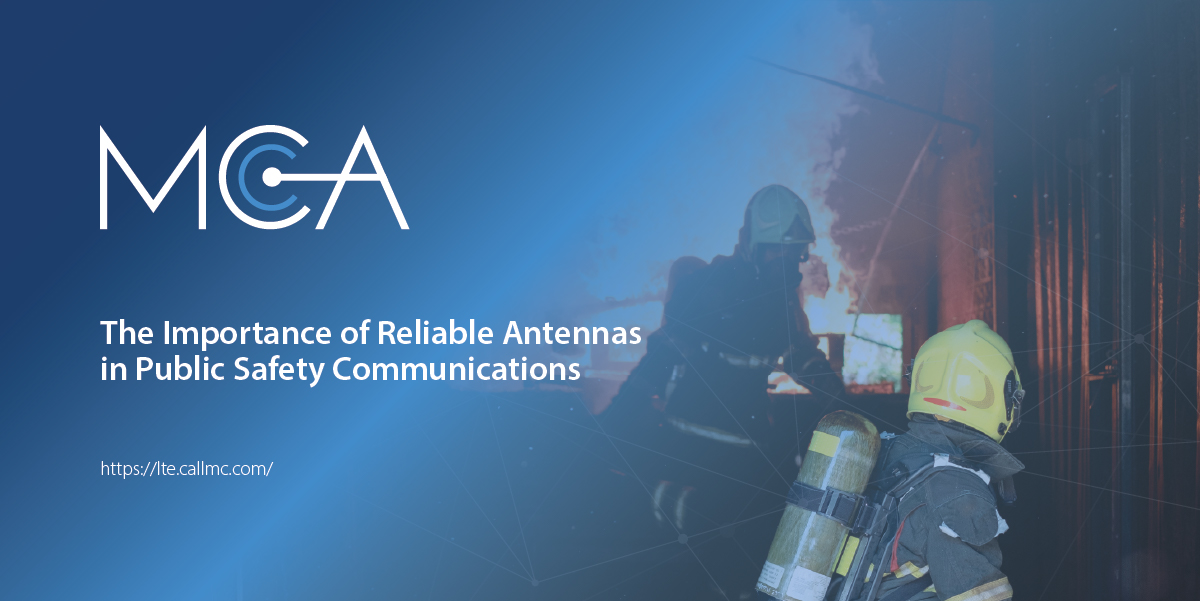Integrating 5G and Satellite Communications to Enhance Mission-Critical Communications Capabilities
When it comes to supporting mission-critical operations, seamless communications across diverse geographies and terrains are non-negotiable. Whether it's first responders racing to an emergency, military units operating in remote areas, or industries managing far-flung operations, reliable communication can be the difference between success and failure.
As we continue to push the boundaries of what's possible, one powerful combination is emerging - integrating Satellite and 5G technologies. This hybrid network approach maximizes the strengths of both satellite and cellular communications, providing robust, high-speed, and reliable connectivity when it matters most.
5G technology has revolutionized connectivity, offering high-speed, low-latency communication extending beyond traditional wired networks' confines. With 5G, organizations can stream real-time video, data, and voice communications with teams operating in the field, enhancing the efficiency and safety of first responders, utilities, and industrial operations. The widespread adoption of 5G has already transformed many sectors, enabling smoother operations and better communication. However, despite its remarkable capabilities, 5G has limitations, particularly in rural and remote areas where cellular coverage is sparse or nonexistent.
This is where satellite technology steps in, offering a complementary solution to bridge the connectivity gap. While essential for remote communication, traditional satellite connectivity has historically faced challenges such as slow data rates, expensive hardware, and costly connectivity plans.
However, recent advancements in satellite technology, particularly the rise of Low Earth Orbit (LEO) satellite constellations, have transformed the landscape, making satellite communications more accessible and efficient.

The Growth and Benefits of Low Earth Orbit (LEO) Satellite Communications
LEO satellite communication has experienced rapid growth over the past few years, driven by the deployment of new satellite constellations. Unlike geostationary satellites that remain fixed in one position relative to the Earth, LEO satellites orbit much closer to the planet, resulting in lower latency and faster communication speeds. These satellites move quickly, covering the globe and providing connectivity even in the most remote regions.
The proliferation of LEO satellites has been fueled by several factors, including reduced launch costs, lower prices for user satellite receivers and antennas, and more affordable data plans. According to Allied Market Research, the global satellite communications market is expected to grow from $25.5 billion in 2021 to $65.1 billion by 2031, with a compound annual growth rate (CAGR) of 9.5% from 2022 to 2031. This growth indicates the increasing demand for reliable, cost-effective communication solutions across various sectors.
The benefits of LEO satellite connectivity are particularly evident in mission-critical operations. First responders, such as police, fire, and EMS personnel, can maintain communication in remote areas or during natural disasters when cellular networks may be down. Utility crews can stay connected while maintaining infrastructure in isolated locations, and remote mining and oil and gas operations can leverage real-time data communications to enhance safety and productivity. Governments and military units can also effectively manage and communicate with their teams, regardless of location, ensuring continuous operation.

Satellite Communications Complement 5G Technology
While LEO satellite communication offers significant advantages, it has limitations. For mobile applications, satellite communication requires a clear line of sight to the sky, which can obstruct tall buildings, trees, or other structures. Additionally, satellite bandwidth is typically lower than 5G, and latency can be higher, affecting data transmission speed and quality. Satellite networks can also become congested as more users are added, leading to slower performance.
In contrast, 5G cellular networks deliver impressive data rates, with average download speeds ranging from 50 Mbps to 2 Gbps, depending on the available spectrum. Latency with 5G is significantly lower, making it ideal for applications that require real-time communication, such as video streaming and voice calls. However, 5G coverage is still limited to areas near cell towers. While the technology is generally robust, it can be affected by extreme weather conditions, such as damage to cell towers during a hurricane.
Given these differences, combining 5G and satellite technologies into a hybrid network is the most effective approach. This approach allows organizations to maximize coverage and performance by utilizing the strengths of both communication methods. In areas with strong 5G coverage, high-speed, low-latency communication can be the primary channel. Satellite communication can take over in remote or rural areas where 5G is unavailable, ensuring continuous connectivity.
Maximizing Coverage and Performance with 5G Plus Satellite Connectivity
Reliable and real-time communication is non-negotiable for mission-critical teams. These teams depend on high-bandwidth communication channels for voice, data, and video transmission, which are essential for their operations. In scenarios where cellular service is limited or unavailable, satellite communication can be a failover, ensuring that teams remain connected. In fixed applications, satellite communication can also be an alternative to microwave communications or expensive cable and fiber installations.
The importance of satellite failover capabilities, particularly during natural disasters, cannot be overstated. For example, during Hurricane Harvey in 2017, which devastated the Gulf Coast, nearly 70% of cell towers were knocked out, impacting over 200,000 homes and critical infrastructure, including 911 dispatch centers. In such situations, satellite communication becomes the lifeline, allowing first responders and other essential services to continue their operations despite destroying traditional communication networks.
Wireless Routers: Connecting All the Pieces
Modern wireless routers facilitate the integration of satellite and 5G technologies. These routers serve as the central hub for managing multiple communication channels. They can connect to various wide area networks (WANs), including satellite, cellular, microwave, and broadband/fiber, optimizing the quality of service (QoS) delivered to the end user.
In mission-critical environments, ruggedized routers are often installed in vehicles, creating a vehicle area network (VAN) that connects the car and personnel equipment. These routers provide high-speed Wi-Fi connectivity for devices such as cell phones, hand-held radios, and body cameras, ensuring that teams remain connected regardless of location. In addition to mobile applications, routers can connect temporary or fixed structures, such as field hospitals, construction trailers, remote schools, and industrial sites, providing reliable communication without expensive infrastructure.
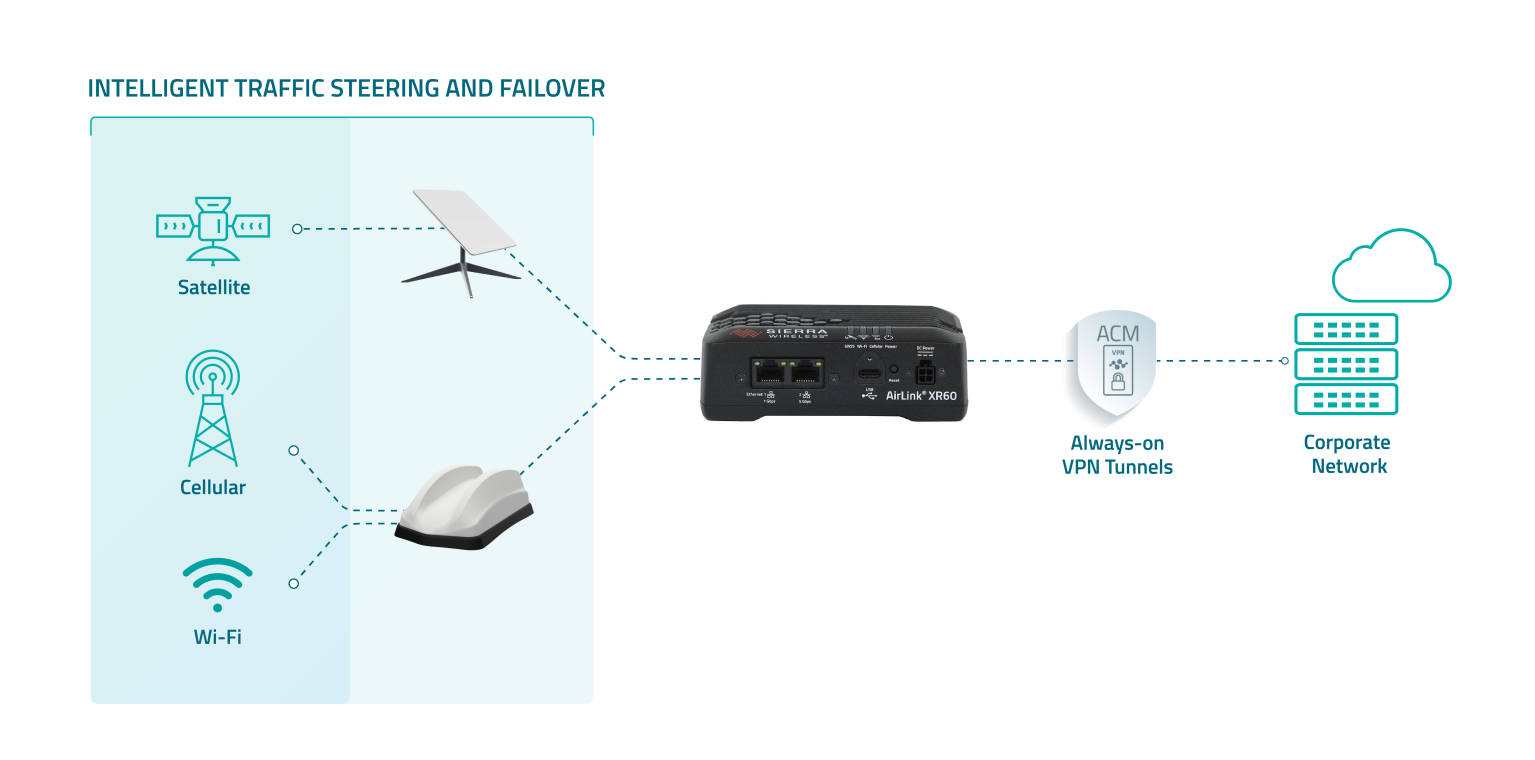
SemTech’s AirLink Pro Series Wireless Routers
The AirLink Pro series routers are engineered to be the central node in your communication network, delivering unparalleled performance and reliability, even in the most challenging environments.
Unmatched Performance and Versatility
The AirLink Pro series includes the high-performance multi-network 5G/Wi-Fi 6 rugged router and the AirLink XR60 and RX55 models, each tailored to meet specific operational needs. These routers seamlessly integrate with various communication channels, including cellular, satellite, broadband, and microwave, providing a future-proof connectivity solution that adapts to your unique requirements.
Designed for Harsh Environments
Built to meet stringent military-grade and industry standards, AirLink Pro routers are designed to operate in harsh environments where other equipment might fail. Whether dealing with extreme weather conditions or challenging terrains, these ruggedized routers ensure that your mission-critical applications remain online, secure, and effective.
Seamless Integration with Private and Public Networks
AirLink Pro routers are designed to work on public and private cellular networks, offering flexibility essential for mission-critical operations. Private networks provide enhanced coverage, stronger security, higher device capacity, and faster data speeds, with the added benefit of seamlessly failing over public networks when necessary. This dual-network capability ensures that your communications remain uninterrupted, no matter the circumstances.
AirLink Cognitive Wireless Features Always-On Connectivity
AirLink Cognitive Wireless technology further enhances your network's reliability by intelligently steering traffic across multiple WAN links, including cellular, satellite, and Wi-Fi. With sub-second switching capabilities, this technology ensures that your network remains always on, optimizing cost and bandwidth utilization based on real-time factors such as signal strength, network priority, and even vehicle speed or location.
Comprehensive Security with AirLink Connection Manager VPN
Security is a top priority in mission-critical communications, and the AirLink Connection Manager (ACM) delivers just that. This mobile-optimized VPN server consolidates security onto a single platform, securely connecting all devices and communication sources, including satellite links. With FIPS 140-2 or AES 256 encryption, ACM ensures that your data is protected across all networks, maintaining secure and reliable communication channels even when roaming between different network types.
Proactive Network Management with AirLink Services
AirLink Services provide real-time visibility, robust security, and proactive management of large-scale networks. With a single pane of glass router management solution, AirLink Services enables complete network control, allowing for device monitoring and the delivery of critical network and security updates. For those requiring the highest level of control, the Hybrid Cloud optional feature merges the benefits of cloud technology with on-premises security controls, ensuring security and control for your AirLink XR and RX routers.
Selecting the Best Communications Channel
Maximizing connectivity in a multi-network environment requires a solution that intelligently selects the best WAN link as conditions change. Modern wireless routers can monitor multiple data streams and automatically switch between them based on signal strength, QoS, and other factors. This ensures that communication remains uninterrupted, even in challenging environments.
For example, when a first responder team operates in a remote area with limited cellular coverage, the router can automatically switch to satellite communication as the primary channel. As the team moves back into an area with stronger cellular coverage, the router will seamlessly switch back to 5G, ensuring continuous, high-speed communication. This capability is particularly important for mission-critical applications, where any disruption in communication could have serious consequences.
Satellite Connectivity Use Cases
The combination of satellite and 5G technologies has far-reaching implications across various sectors:
First Responders/Public Safety
In-vehicle routers create a secure and reliable communication network for police, fire, and EMS personnel, ensuring they can communicate with their command centers, even in remote areas. Satellite communication serves as a failover when cellular coverage is unavailable, while high-speed 5G is utilized in areas with solid coverage.
Government and Military
Maintaining connectivity in remote or hostile environments is essential for government and military operations. Satellite communication provides a primary or failover channel, ensuring mission-critical data can be transmitted securely and in real time.
Remote Mining Operations
Wireless routers connect vehicles and equipment in remote mining sites, leveraging satellite communication when cellular coverage is unavailable. This connectivity enables real-time monitoring and control, enhancing safety and efficiency.
Forest Service Firefighting
Firefighting teams deployed in remote areas can set up a communications network using battery-operated routers and LEO satellite equipment. This allows them to coordinate their efforts effectively, even without cellular coverage.
Industrial and Agriculture
Industries such as oil and gas, mining, and agriculture can use satellite communication to implement remote monitoring and control systems, improving productivity and safety in areas lacking traditional communication infrastructure.
About MCA and Our CNS Team
MCA is one of the largest and most trusted integrators in the United States, offering world-class voice, data, and security solutions that enhance the quality, safety, and productivity of customers, operations, and lives. More than 65,000 customers trust MCA to provide carefully researched solutions for a safe, secure, and more efficient workplace.
Our Cellular Networking Solutions (CNS) team (formerly known as USAT) is made up of certified experts in designing and deploying fixed and mobile wireless data connectivity solutions for public and private enterprises nationwide - complete with implementation, training, proof of concept (POC), system auditing, and on-site RF surveying services with optional engineering maintenance contracts.
Our extensive Semtech catalog of world-class routers, gateways, and software designed for remote monitoring and management in even the harshest environments allows us to deliver a full suite of reliable technologies capped with a service-first approach.
Share this Post

